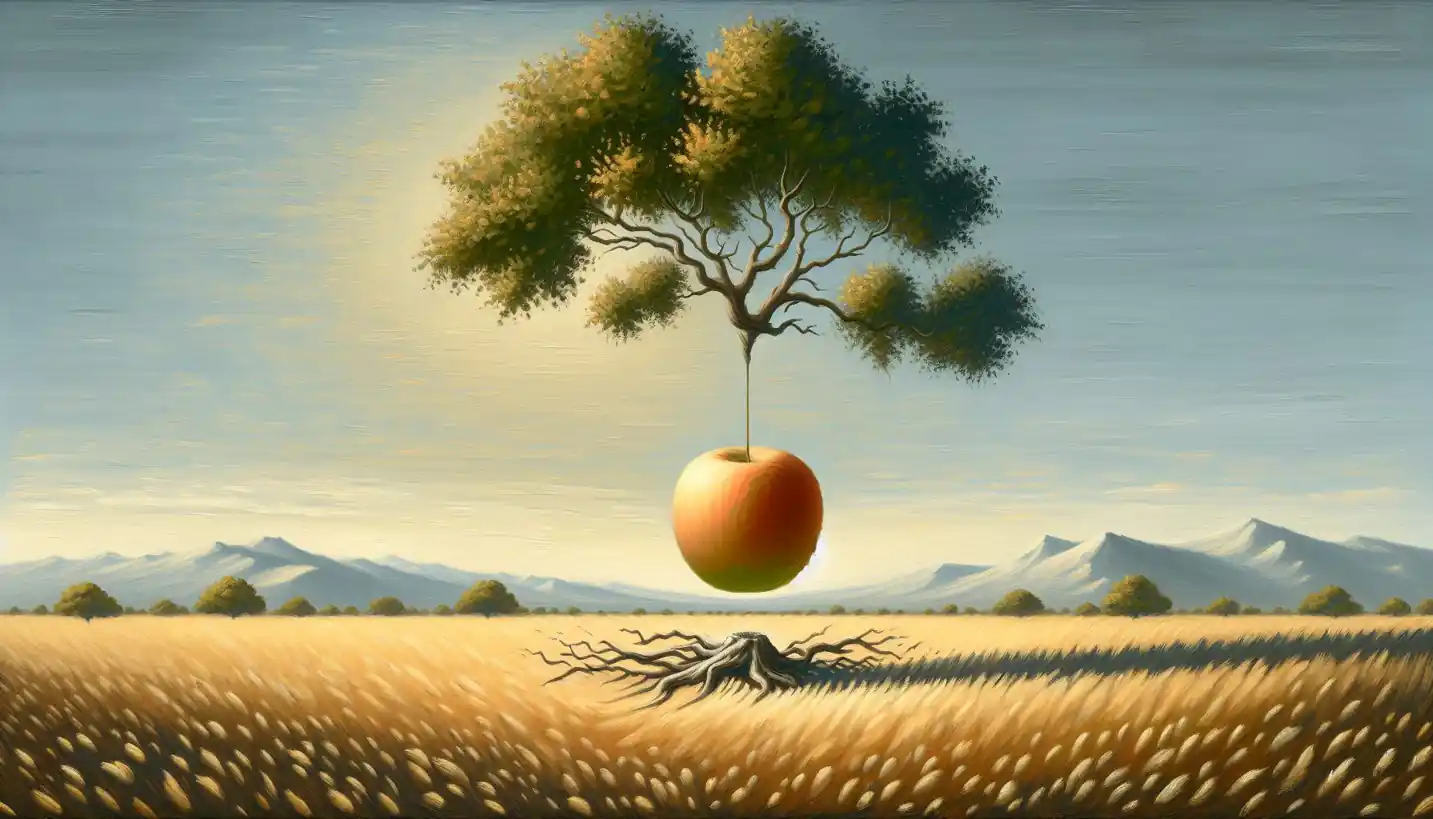· Physics · 4 min read
Plate Tectonics: The Dance Beneath Our Feet
Plate Tectonics orchestrate the movements below our feet. Explore the forces responsible for shaping the Earth's ever-changing surface.

Beneath our feet, there’s a constant dance happening, one that we might not notice but shapes the very world we live in. This invisible choreography is known as plate tectonics, a fundamental concept in geophysics that explains the movement of Earth’s surface.
The Earth’s Jigsaw Puzzle
Imagine the Earth’s surface as a giant jigsaw puzzle. But instead of cardboard pieces, this puzzle is made up of massive slabs of rock called tectonic plates. These plates cover the Earth’s surface and fit together like a giant puzzle. They’re always moving, though so slowly we can’t feel it, at just a few centimeters a year—about the same speed at which your fingernails grow!
The Science Behind the Movement
The driving force behind this movement is something called mantle convection. Deep within the Earth’s mantle, there’s a hot, gooey layer that acts like a conveyor belt. This layer moves because of heat from the Earth’s core. When warmer, less dense material rises and cooler, denser material sinks, it sets the stage for a slow, circular motion. This movement pushes and pulls the plates on the surface, causing them to drift.
Types of Plate Boundaries
Now, what happens when these plates meet at their edges? Well, they do all sorts of interesting things, forming different types of boundaries.
Divergent Boundaries
At divergent boundaries, plates move away from each other. Picture this as two people pulling apart a loaf of bread. This movement creates new crust as molten rock rises and solidifies—often seen at mid-ocean ridges.
Convergent Boundaries
Then there’s convergent boundaries, where plates slam into each other like a slow-motion car crash. Depending on the type of crust colliding, one plate might get pushed beneath the other in a process known as subduction, leading to volcanic activity. Sometimes, neither gives way, and they crumple up to create mountains.
Transform Boundaries
Finally, transform boundaries occur where plates slide past each other, like cars zipping by on a two-lane highway. This can cause earthquakes, a sudden release of energy when the plates snap past one another.
The Role of Earthquakes and Volcanoes
Speaking of earthquakes, they are one of the most dramatic reminders of plate tectonics at work. When plates suddenly move, they send shockwaves through the Earth. While we often think of earthquakes as destructive, they’re also a natural way for the Earth to release stress accumulated over time.
Volcanoes also owe their existence to tectonic activity. At subduction zones, melting material from a sinking plate can form magma, which finds its way to the surface, erupting as lava. These processes shape landscapes and affect climates, demonstrating how interconnected our planet’s systems are.
A Peek into the Past
Historical events add layers to our understanding. The famous example of the supercontinent Pangea shows how plate tectonics can reshape the world. Around 300 million years ago, all the continents we know today were part of this massive landmass. Over time, plate movements broke Pangea apart, forming oceans and continents as we know them.
Plate Tectonics and Human Life
Why should you care about this underground dance? Plate tectonics isn’t just a fascinating natural phenomenon; it impacts our lives in numerous ways. Understanding these processes helps in predicting earthquakes and volcanic eruptions, essential for safety and preparedness.
Moreover, the movement of plates can create fertile lands—rivers born from mountains, minerals unearthed by volcanic activity, and more. These natural resources have long been central to the survival and advancement of human civilizations.
The Cutting-Edge of Tectonic Research
The science of plate tectonics is continuously evolving. With satellite technology, scientists can measure plate movements with incredible accuracy. This precision helps improve models predicting tectonic activity’s impact on the environment and societies.
Researchers are exploring how tectonic shifts might influence other Earth systems, such as climate. Some even speculate that the positioning of continents affects ocean currents and global temperatures, offering insight into both past and future climate change.
Sparking Curiosity
So, what’s next in the journey of plate tectonics research? As technology advances, we might discover new ways Earth’s pieces fit together, revealing more about our planet’s history and future. Could there be another supercontinent in the making? How do tectonic shifts influence biodiversity over time? These questions and more continue to intrigue scientists and explorers alike.
The Grand Importance
At its core, plate tectonics is a testament to the dynamic nature of our planet. It’s a reminder that the ground beneath us is not as static as it seems. By understanding this science, we gain insight into Earth’s past and prepare better for its future. After all, the Earth’s surface is not just a platform for life, but an ever-shifting stage in a cosmic play.
The wonder of plate tectonics lies in its ability to connect the deep time of geological processes with the immediate realities of human experience. It’s a perfect illustration of how science can enlighten us, turning our gaze from the stars downward, to see the wonders beneath our very feet.


